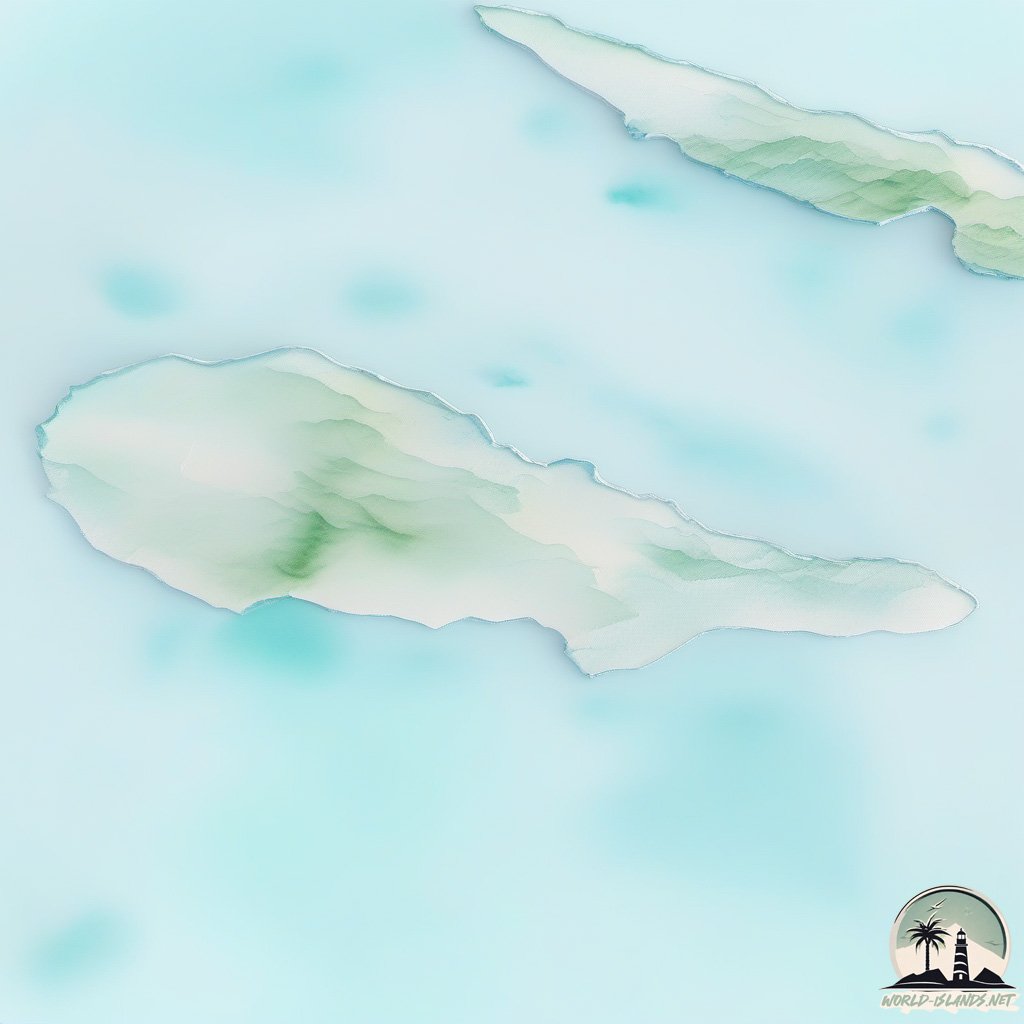Pico

Welcome to Pico, a Temperate island in the North Atlantic Ocean, part of the majestic Atlantic Ocean. This guide offers a comprehensive overview of what makes Pico unique – from its geography and climate to its population, infrastructure, and beyond. Dive into the details:
- Geography and Size: Explore the island’s size and location.
- Climate and Weather: Weather patterns and temperature.
- Topography and Nature: Uncover the natural wonders of the island.
- Infrastructure and Travelling: Insights on reaching, staying, and making the most of your visit.
- News and Headlines: Latest News.
Geography and size of Pico
Size: 442.6 km²
Coastline: 113.8 km
Ocean: Atlantic Ocean
Sea: North Atlantic Ocean
Continent: Seven seas (open ocean)
Pico is a Large Island spanning 443 km² with a coastline of 114 km.
Archipel: Azores – An autonomous region of Portugal in the North Atlantic Ocean, known for their volcanic landscapes, rich maritime history, and unique Azorean culture.
Tectonic Plate: Africa – One of the world’s largest tectonic plates, covering the African continent and parts of the surrounding oceans, known for its stability with some active rift zones.
The geographic heart of the island is pinpointed at these coordinates:
Latitude: 38.46990092 / Longitude: -28.33150345
Climate and weather of Pico
Climate Zone: Temperate
Climate Details: Temperate Oceanic Climate
Temperature: Warm Summer
Climate Characteristics: Known for its moderate year-round temperatures with ample rainfall and no dry season. Warm summers are characteristic.
Topography and nature of Pico
Timezone: UTC-01:00
Timezone places: Atlantic/Cape_Verde
Max. Elevation: 2351 m Ponta do Pico
Mean Elevation: 465 m
Vegetation: Evergreen Broadleaf Forest
Tree Coverage: 47%
The mean elevation is 465 m. Dominating the island’s landscape, the majestic “Ponta do Pico” rises as the highest peak, soaring to impressive heights. The island is characterized by Mountains: High, steeply elevated landforms. Characterized by both a high maximum elevation (over 500 meters) and a high mean elevation, creating rugged, mountainous terrains on islands.
Dominating Vegetation: Evergreen Broadleaf Forest
Characterized by dense, lush canopies of broadleaf trees that retain their leaves year-round. These forests are typically found in tropical and subtropical regions and are known for their high biodiversity. Pico has a tree cover of 47 %.
Vegetation: 9 vegetation zones – Very Highly Diverse Island
Islands in this range are ecological powerhouses, showcasing a wide array of vegetation zones. Each zone, from lush rainforests to arid scrublands, coastal mangroves to mountainous regions, contributes to a complex and interdependent ecosystem. These islands are often hotspots of biodiversity, supporting numerous species and intricate ecological processes.
Infrastructure and Travelling to Pico
Does the island have a public airport? yes.
Pico has a public and scheduled airport. The following airports are located on this island: Pico Airport.
Does the island have a major port? no.
There are no major ports on Pico. The closest major port is LAJES, approximately 1 km away.
The mean population of Pico is 30 per km². Pico is Gently Populated. The island belongs to Portugal.
The name of the island resonates across different cultures and languages. Here is how it is known around the world: Arabic: بيكو; German: Pico; Spanish: Isla del Pico; French: Pico; Portuguese: Ilha do Pico; Russian: Пику; Chinese: 皮庫島
Continuing your journey, Faial is the next notable island, situated merely km away.
What to do in Pico island Azores Portugal 4K - TOP 20 attractions -



Portugal is classified as Developed region: nonG7: Developed economies outside of the Group of Seven, characterized by high income and advanced economic structures. The level of income is High income: OECD.
News – Latest Updates and Headlines from Pico
Stay informed with the most recent news and important headlines from Pico. Here’s a roundup of the latest developments.
Please note: The data used here has been primarily extracted from satellite readings. Deviations from exact values may occur, particularly regarding the height of elevations and population density. Land area and coastline measurements refer to average values at mean high tide.
